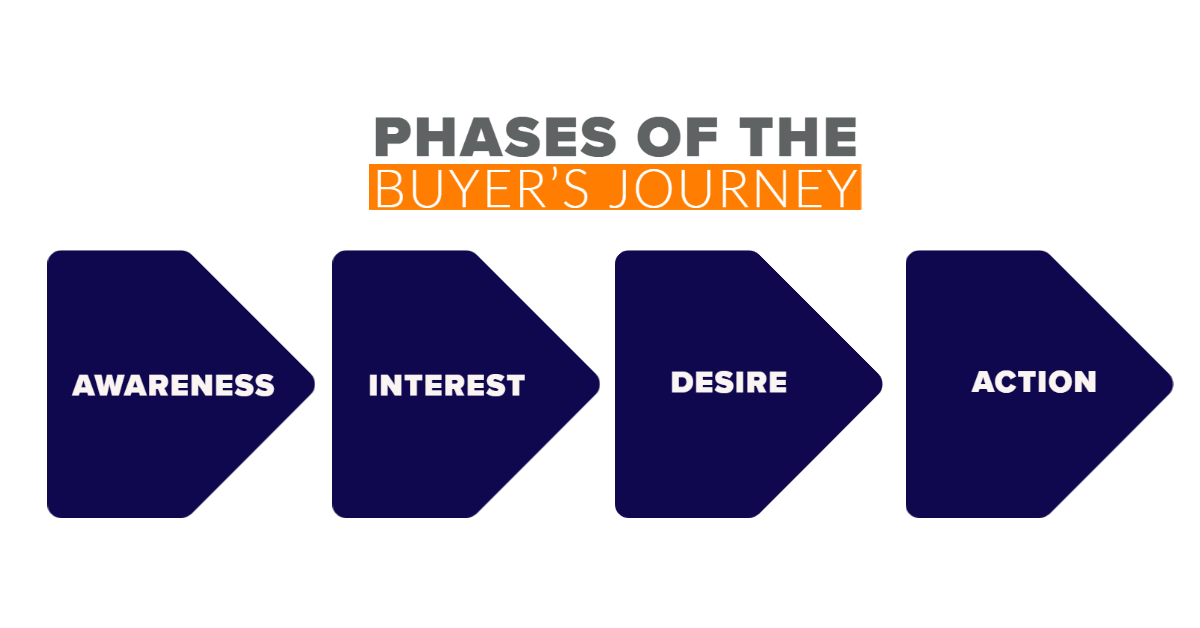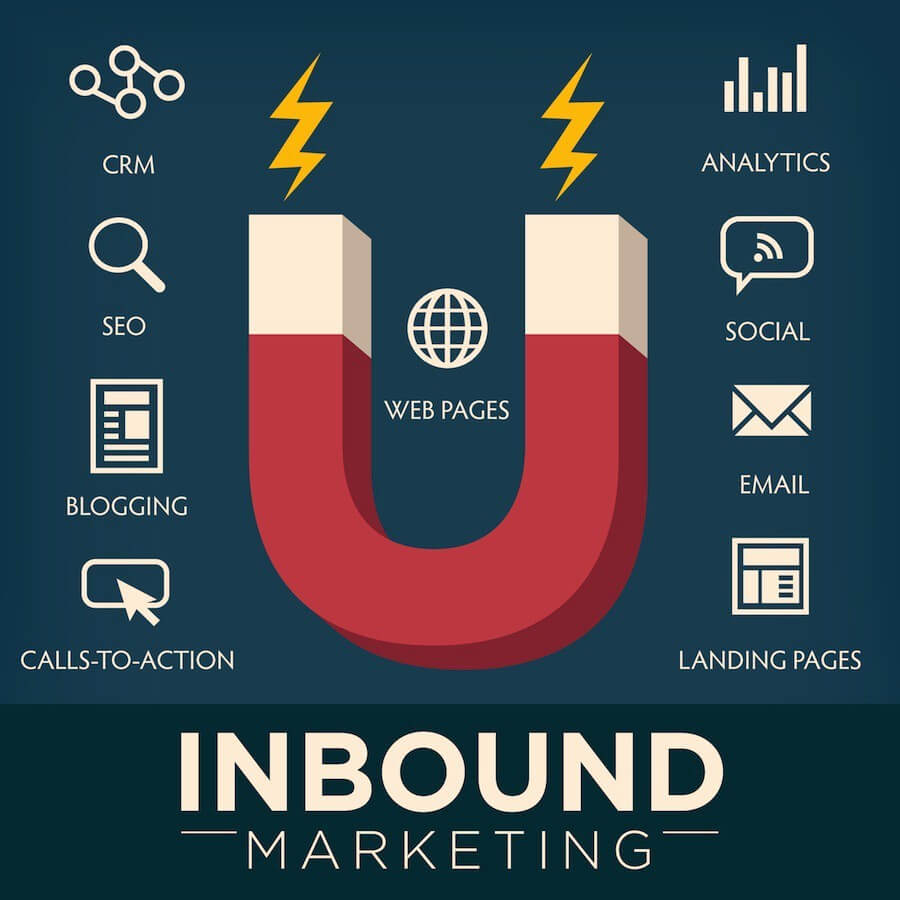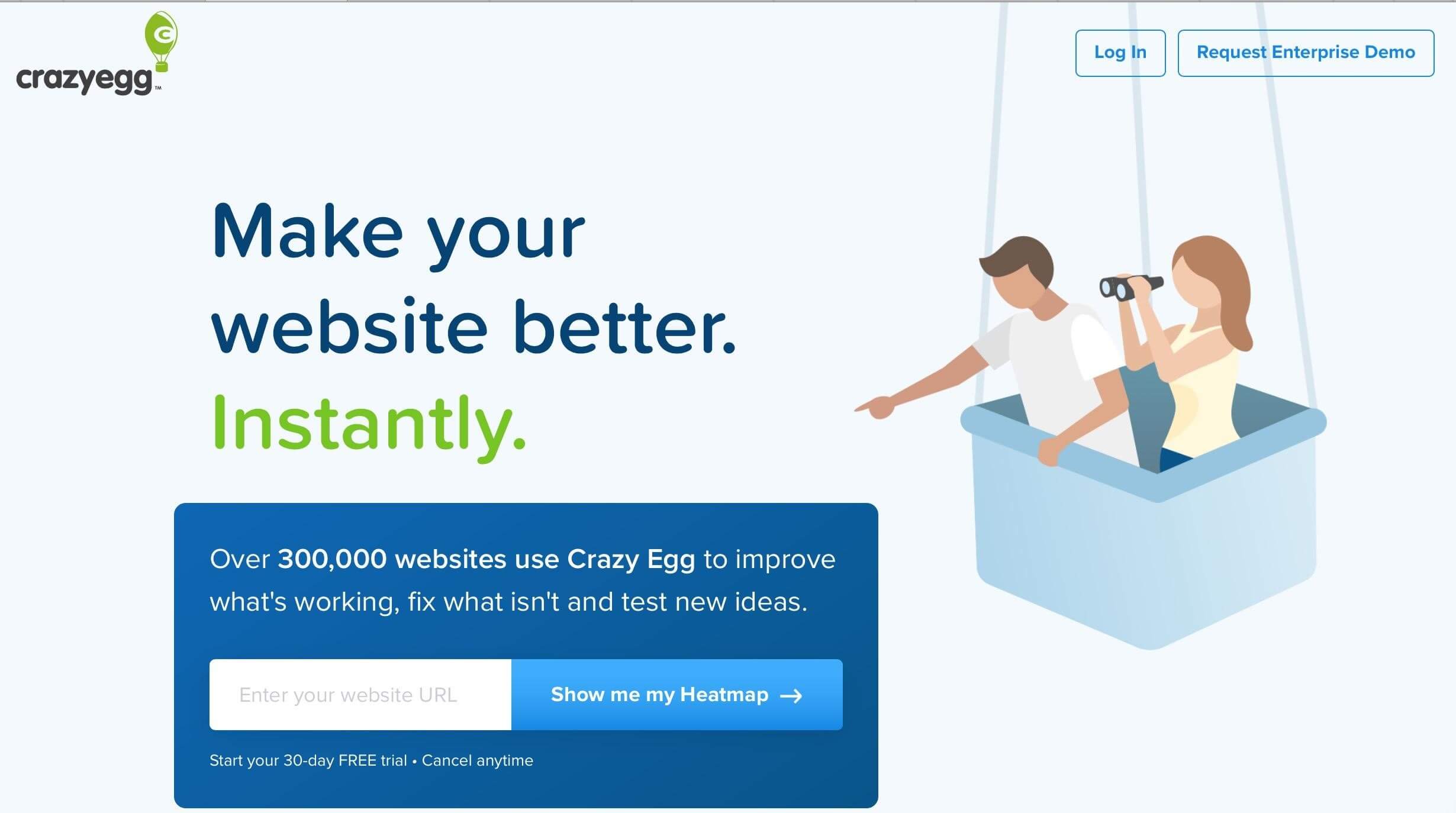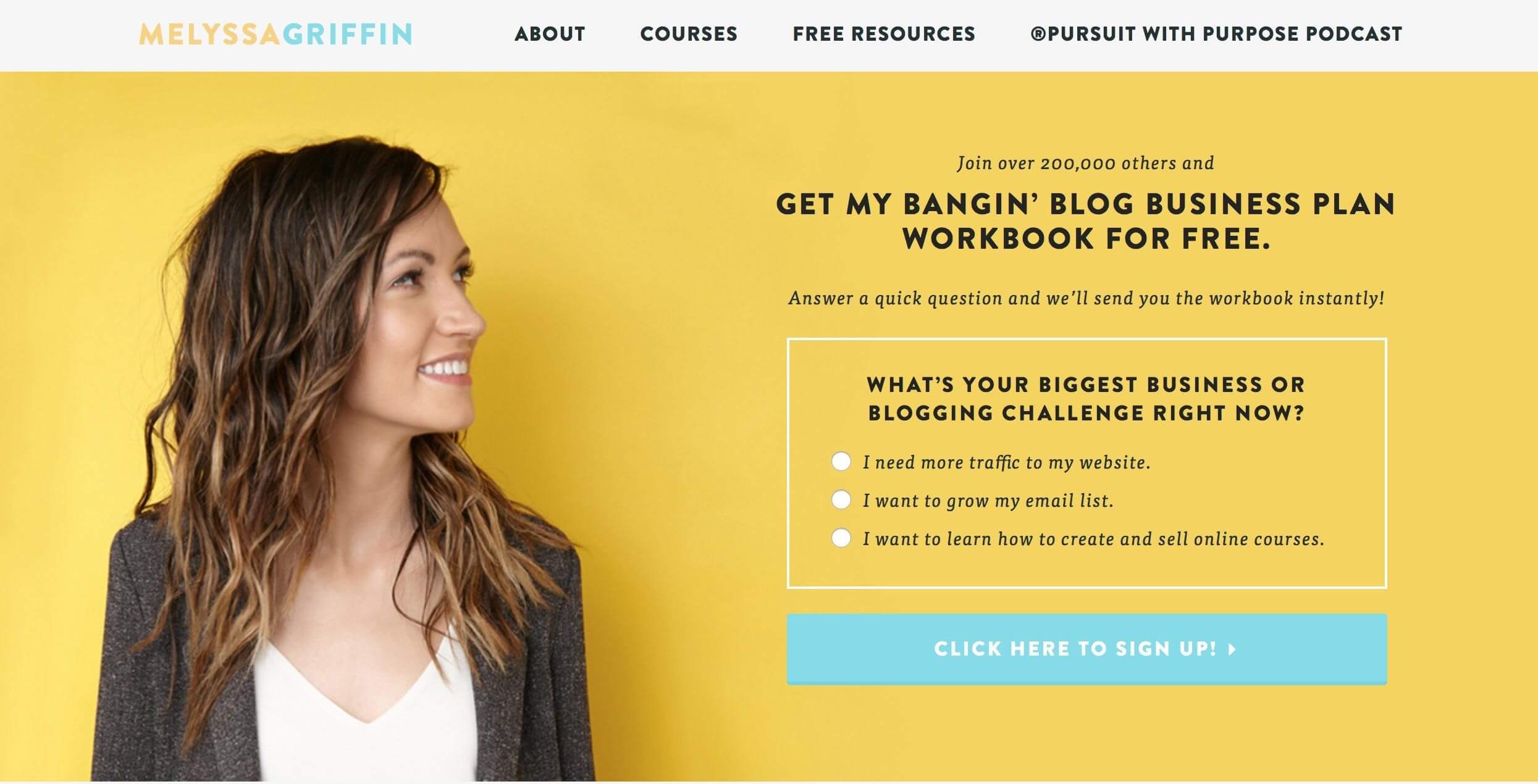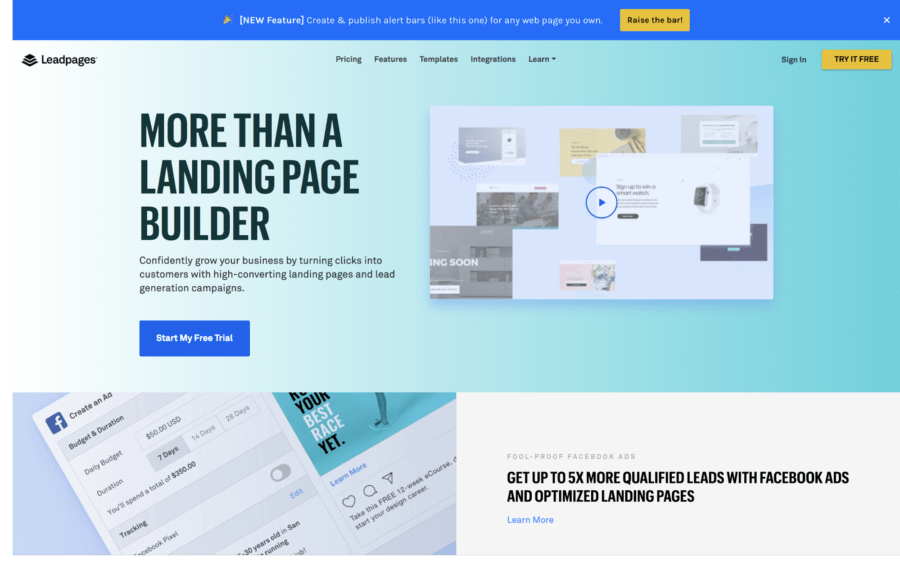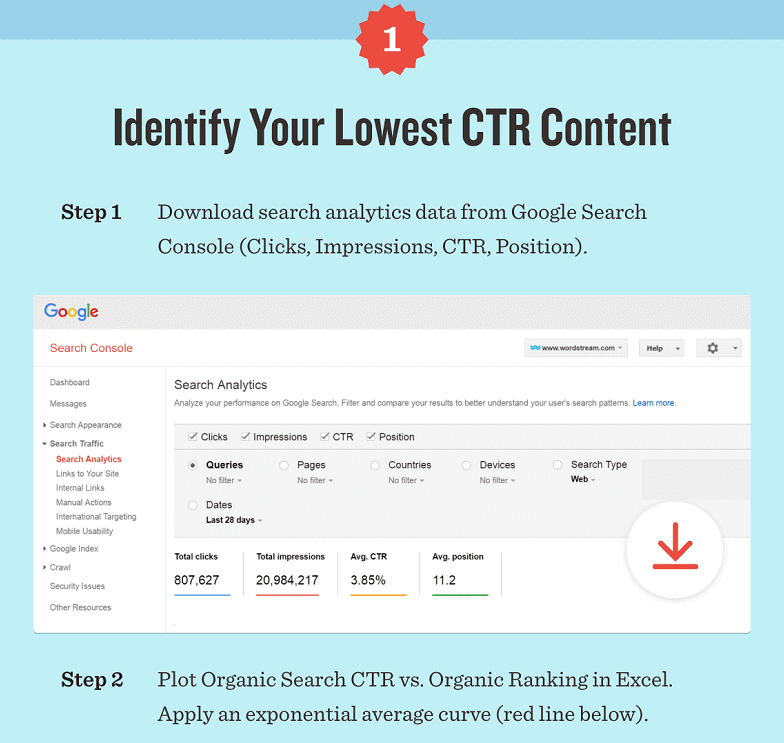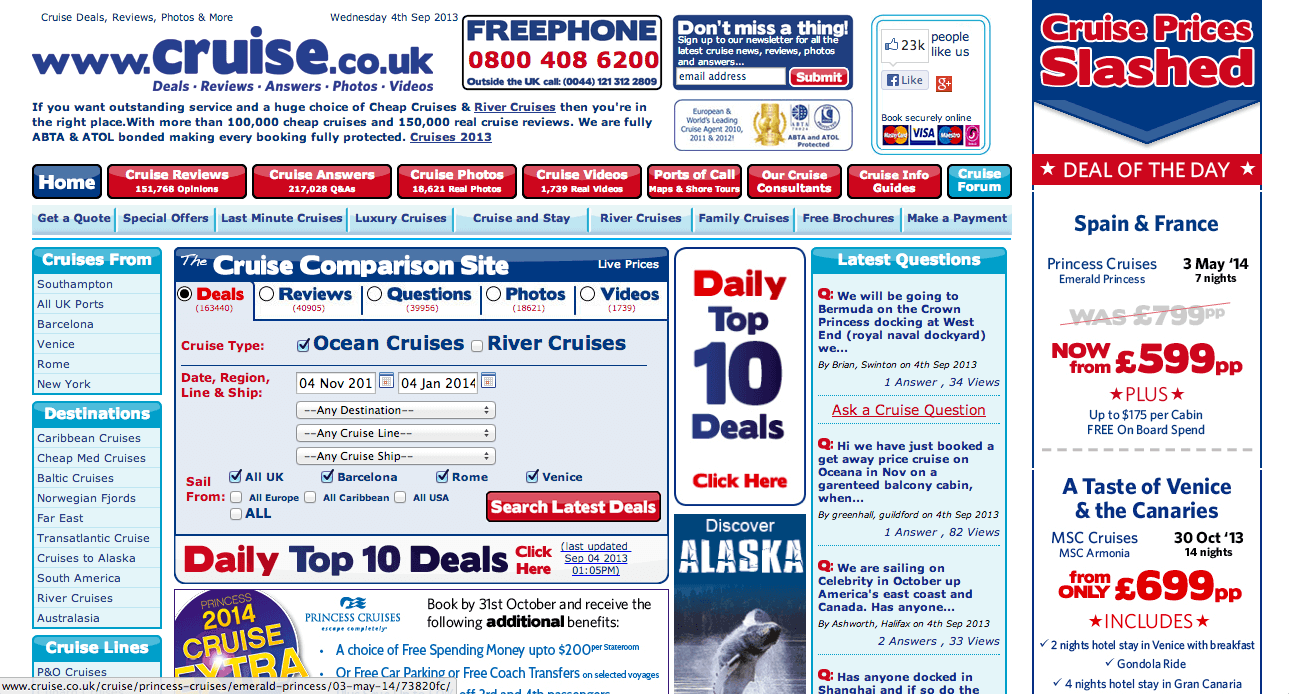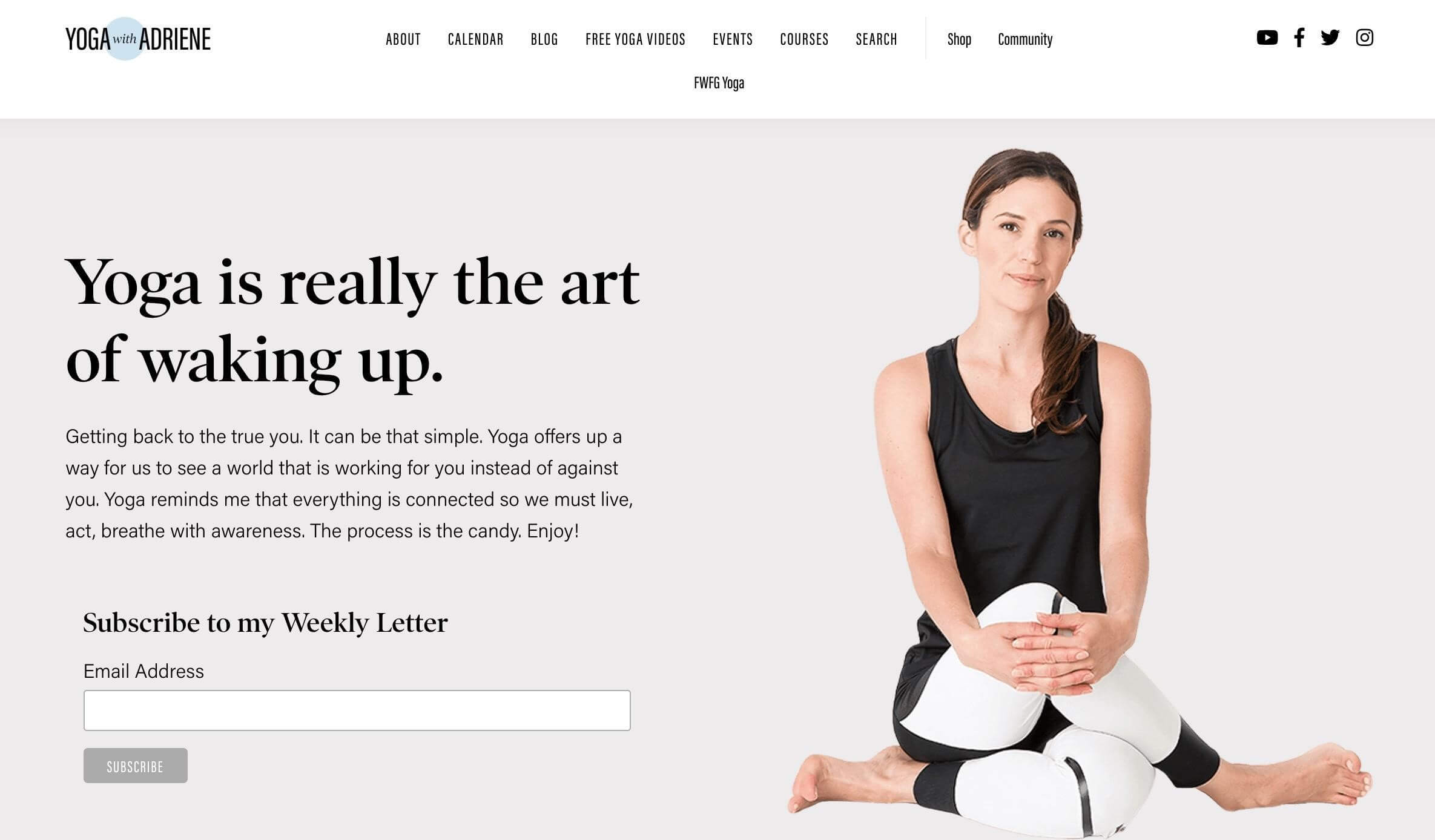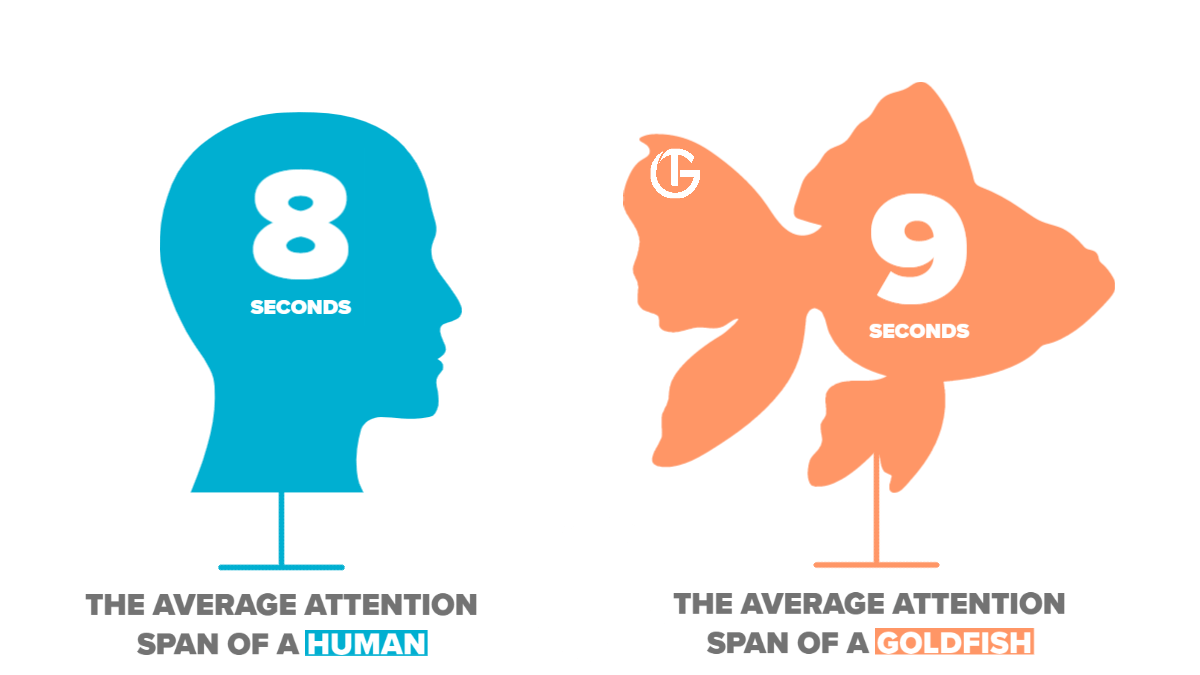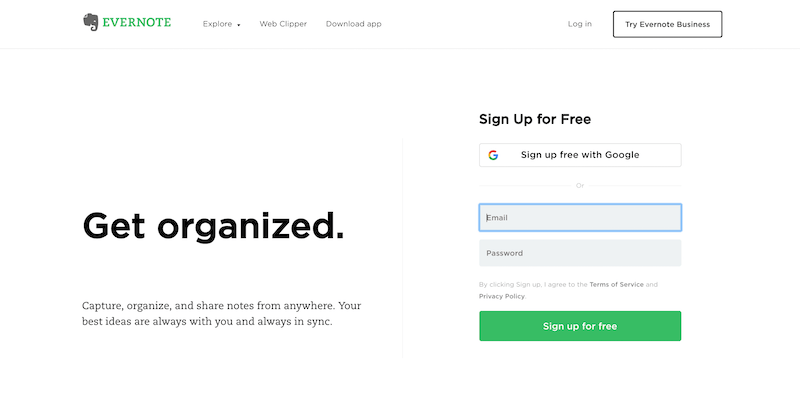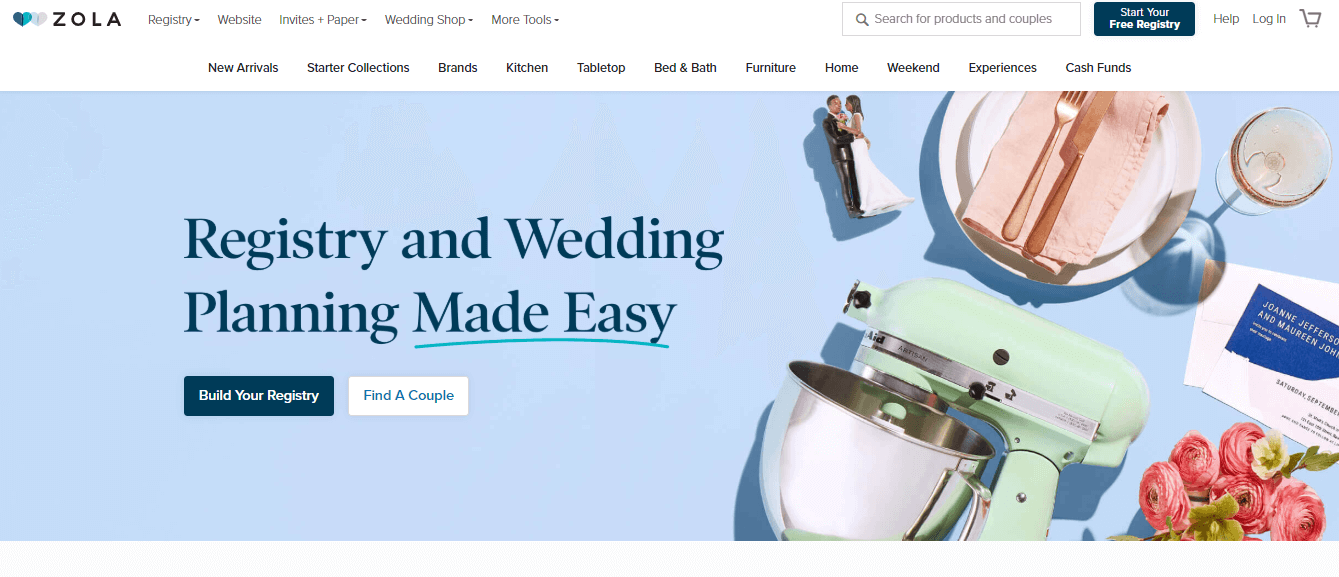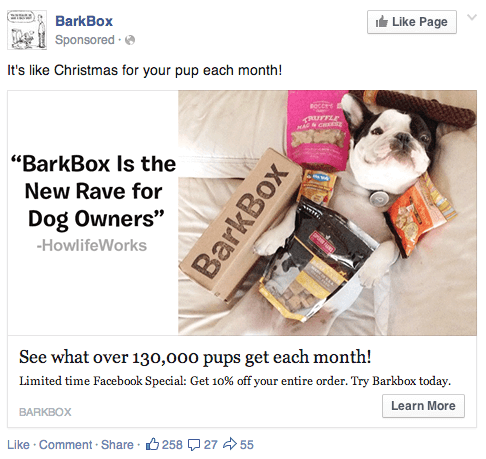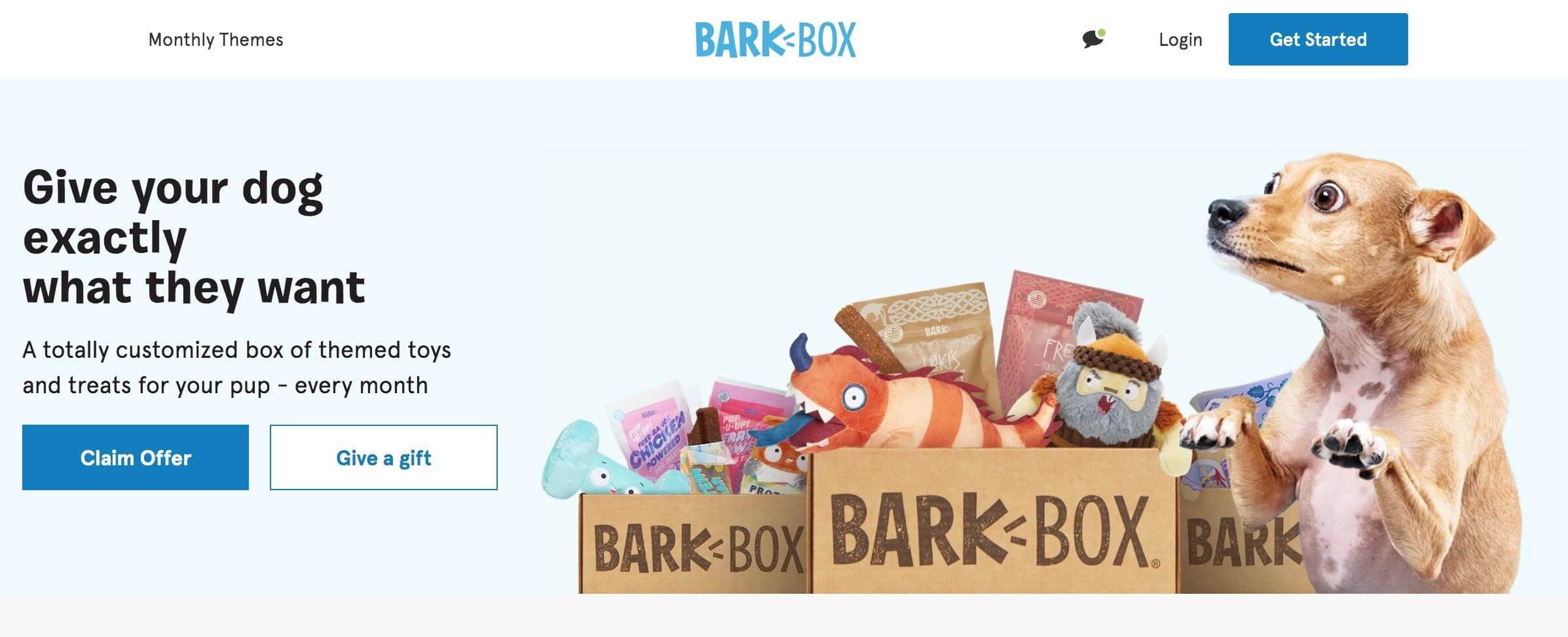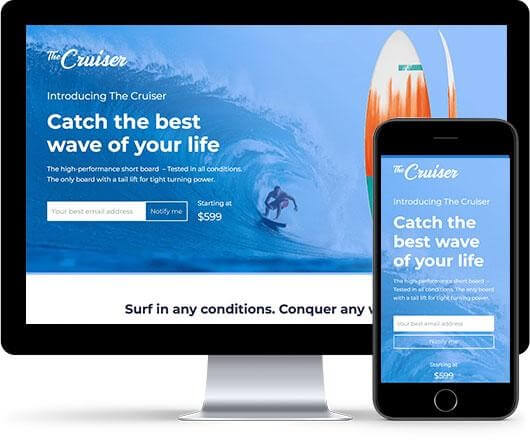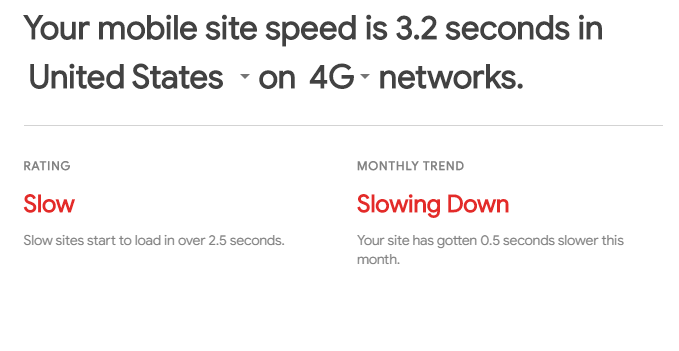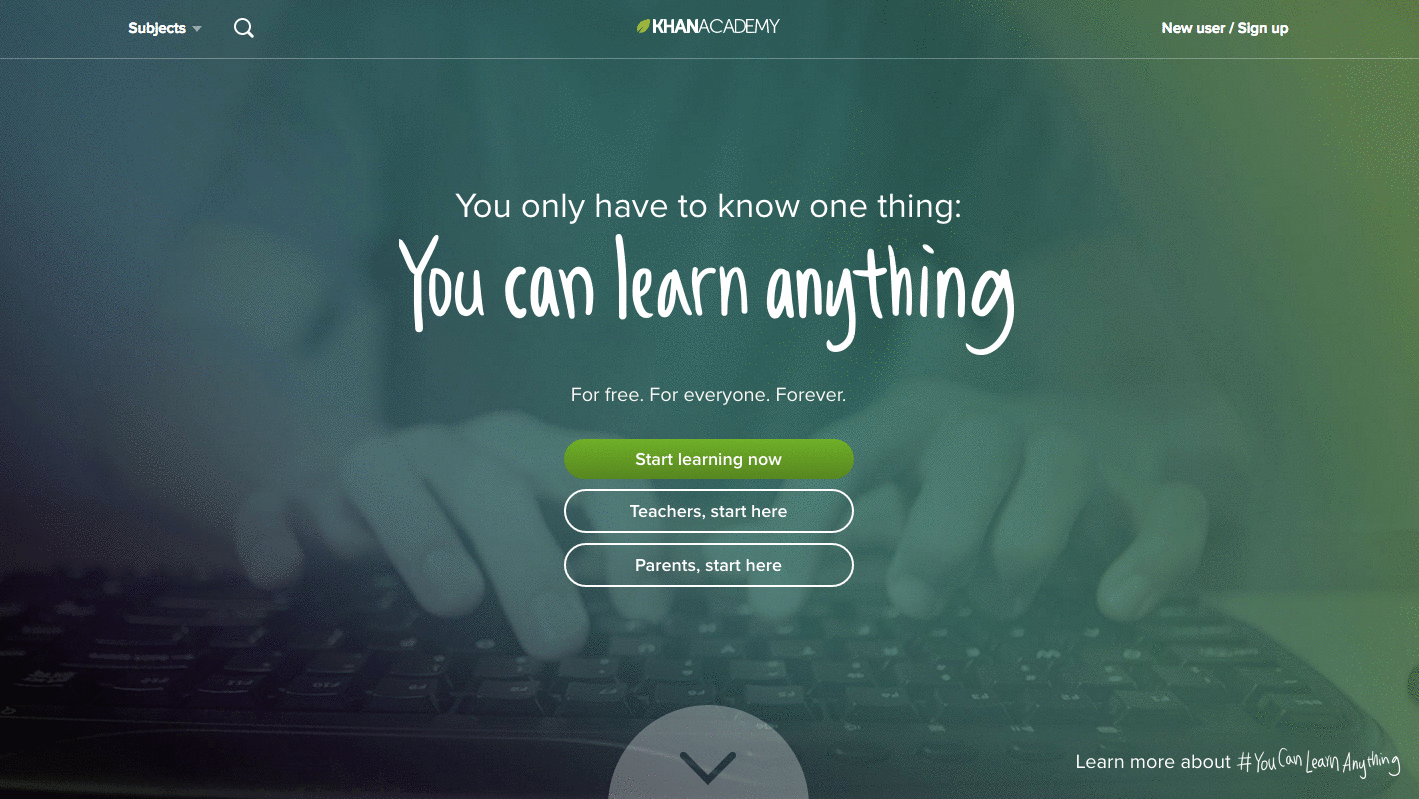With many of us working from home now, we’ve noticed a considerable uptick in one particular question recently. It’s a hard question to avoid, and an even more important one to answer.
We’re sure you’ve heard it, too.
Heck, you’ve probably even asked it of yourself.
“Should I wear pants today?”
But don’t worry, we’ll help you figure it out by the end of this article.

We’ll also figure out the second most important question facing businesses:
“Should I continue investing in digital marketing?”
That’s a big decision to make. And no less important than the pant question.
As marketers, especially today, we are faced with three options:
- Keeping things the same
- Pull back spending
- Expand operations
Right now, there are a lot of things businesses cannot control. Events and trips are being canceled, and people are staying home, consumer habits are changing, the list goes on. But there is one thing they can control: how they engage with their audience.
So while the knee-jerk reaction may be to downsize operations and pull your pants up over your head, take caution overreacting defensively to the sudden shifts occurring. The economy hasn’t stopped. Consumers are still buying things. Opportunities for growth still exist. Trends and needs have merely shifted. So we need to shift with them.
Mainly, our new environment has caused people to rely more on Google for answers, Amazon to buy things, social media for comfort, and the Internet overall for help.

As a result, the best digital marketing strategy is to go with option three and expand your operations in the right places. This means finding ways to engage your audience cost-effectively that provide the most benefit to your brand’s future.
Since digital marketing checks all the right boxes, we recommend going all-in with your online strategy. To show why, here are seven reasons why stopping digital marketing in uncertain times could be a very bad move.
1. There Are More People Online Than Ever
There is currently the largest volume of people online right now in the history of the world.
Because without a doubt we are changing the way we Internet.
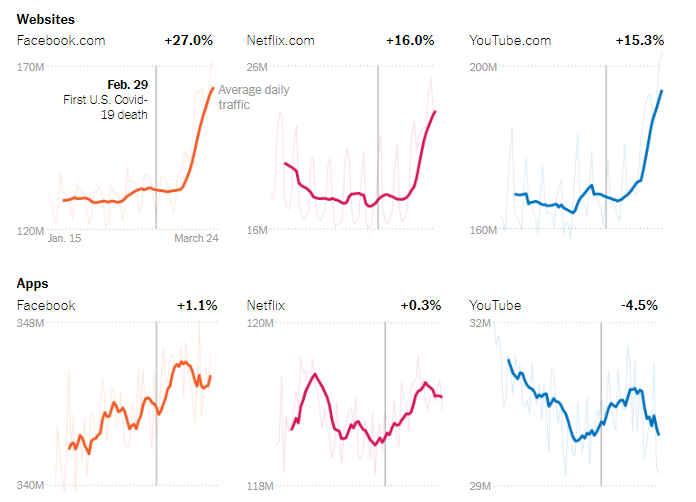
If there’s one central tenet of doing business, it’s to be where your customers are. Right now, everyone’s customers are online. So, investing in digital marketing is the best (and really the only way) to reach them effectively.
2. Connecting on a Personal Level is Paramount

Now, more than ever, is the time to connect with your customers. Not just because you’re a business, but because you’re a human. As humans, we’re all in this together. We are all taking precautions. We are all quarantining in our homes. We are all eating weird things we had forgotten were in the fridge. We are all not wearing pants. So let’s talk about it.
Digital marketing provides the most varied and personal ways to reach people and share experiences. Paid media and email provide a direct means of outreach, while SEO allows people to seek you out on their own terms. And then there’s social media, which is used for the sole purpose of connection, whether it’s through sharing updates, providing educational resources, live streaming events, or simply posting some much-needed humor.

This is not a time to be salesy. It’s a time to be supportive, sensitive, and helpful. That goes for new customers but is doubly important for existing ones so that you can retain and deepen those relationships during even the toughest of times.
Speaking of which…
3. Digital Marketing Provides an Easy Ability to Build Affinity
Since digital marketing is the best way to connect, it’s also the best way to build trust. Chances are your customers are stressed. So instead of pulling back from them, deliver useful, honest messaging that can comfort and help.
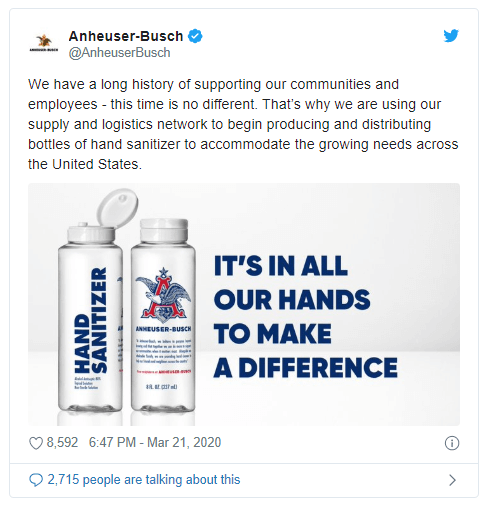
The most important things a brand can provide to people in a crisis are:
- Clarity
- Value
Even if you can’t generate direct sales at the moment, you can build long-term brand affinity by investing in your digital marketing strategy. To do this, create and share quality content that covers those two items, ideally at the same time. Forging a positive connection and trust will build a loyal following that outlasts any downturn.
Because you don’t just want to dominate the downturn, you want to dominate the market…
- Brands Need New Ways to Stay Competitive and Gain Market Share
The most important things a brand do for itself in a crisis are:
- Keep revenue flowing
- Capture market share
To achieve both during these times, your brand will need to be able to pivot strategies on a dime. Here are some of the most effective ways we’ve seen clients doing this so far:
- Reallocating trade show budgets into digital marketing.
- Meeting demand by enhancing (or creating) an online presence.
- Seeking high-yielding, lower-cost solutions like video.
- Replacing brick-and-mortar sales with online sales.
- Shifting efforts from prospecting to retargeting.
- Putting unused travel budgets into SEO and paid media.
Digital marketing allows companies to find opportunities amidst the Coronavirus crisis to not only generate revenue in the short term but also gain a competitive advantage over the long term.
5. Local Search Can Make All The Difference
The changes in our behavior have made local search more important than ever. Even businesses that once paid little attention to local markets online need to rework how they target audiences using digital marketing.
Although you might think social distancing, store closures, remote work, and “stay at home” government mandates would deter local activity and they are causing the local search to evolve.
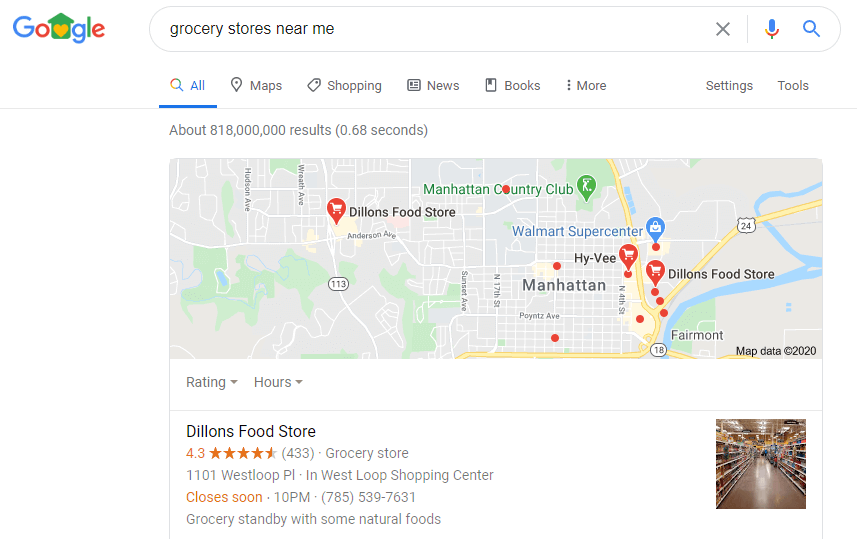
The uptick in local search and “near me” searches presents a rare competitive advantage for small businesses, both brick-and-mortar and e-commerce, over online megastores. As the likes of Amazon run out of stock and are behind on deliveries, smaller businesses can swoop in to fill the need. And that’s where strategically implemented SEO and SEM come in.
6. Digital Marketing can be Recession-Proof
Every recession has a strategy that can withstand the worst of the worst.
Why? Because it is:
- Cost-effective (i.e., affordable to implement)
- Agile (i.e., easily adaptable to volatile market changes)
- Measurable (i.e., it can track any action to provide data-driven insight)
- Sticky (i.e., once you connect with a prospect, you can endlessly re-engage)
- Growing (i.e., new opportunities appear on the regular)
Best of all, digital marketing diversifies your investment. That’s because it is not just a single strategy, it’s a strong portfolio of unique methods for reaching your audience, generating leads, and obtaining sales, that include:
- SEO (to drive high-quality organic traffic)
- CRO (to drive high-quality conversions)
- Social Media (like Facebook, Instagram, YouTube, and Twitter)
- Paid Media Advertising (like Google Ads, Facebook Ads, and Linkedin Ads)
- Content Marketing (like blogging, video, and voice)
- Email Outreach
- Affiliate and Influencer Marketing
- Amazon Marketing
Not only will these digital marketing channels help your business overcome a recession, but at the same time, they will position your business to grow during the recovery.
7. You Need to Be Prepared for the Recovery
Although current events may change how we operate for a long time, daily life will stabilize, consumer habits will normalize, and the resulting recession will end. When it does, the businesses that prepared the earliest and continued investing in digital marketing will succeed the most.
A major impact of these changes will be more people growing accustomed to doing their business online, especially demographics that were less prevalent on the Internet prior. To meet this surge, your brand will need to have a strong online presence.
Also, businesses that either pulled back spending, failed to reallocate their budgets effectively or canceled digital marketing all together during the economic downturn, will fall behind the competition that wisely did not.
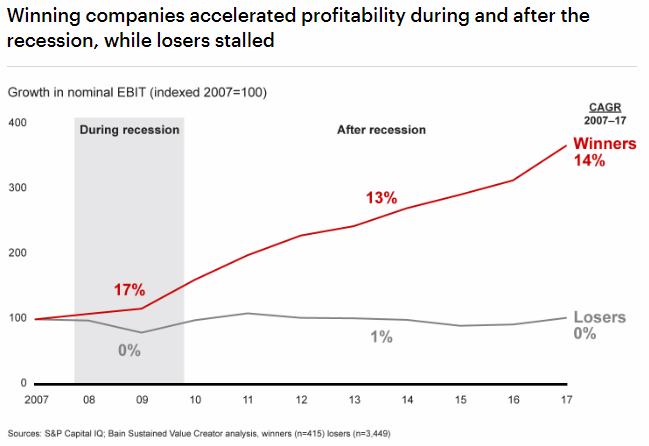
In other words, what we do during a recession will determine the winners and losers of the recovery.
So the question stands:
“Should you continue investing in digital marketing?”
The answer, without a doubt, is YES!
There is no need for businesses to struggle. They just need to find the right ways to thrive. Digital marketing provides a low-hanging fruit opportunity to not only strengthen your business now, but gain momentum for the future.
For all the reasons listed above, pulling back, canceling, or even failing to expand your current digital marketing efforts will do more harm than good. On the contrary, taking advantage of the opportunities available with digital marketing can position your company to dominate your competition and the marketplace.
And, most importantly of all, provide you the freedom you need to grow.
You know what that means?



